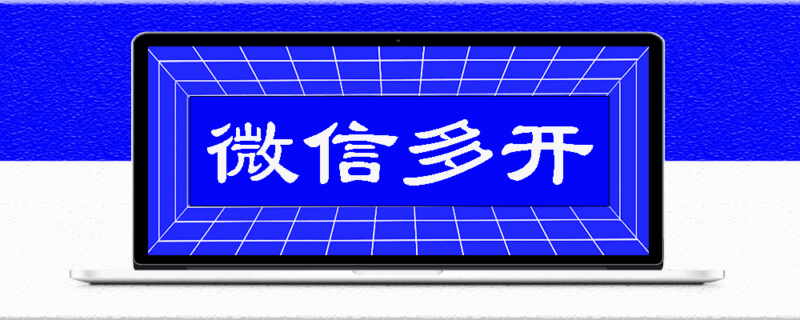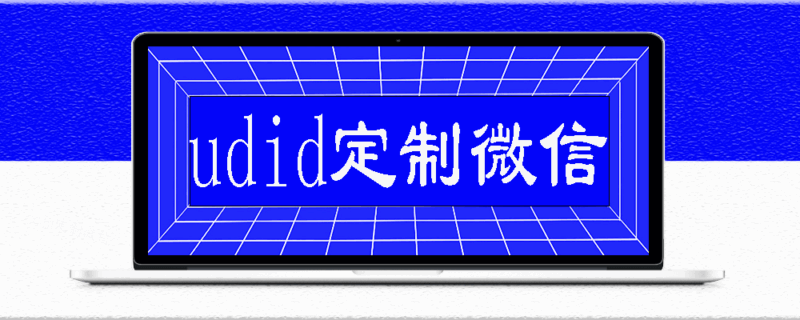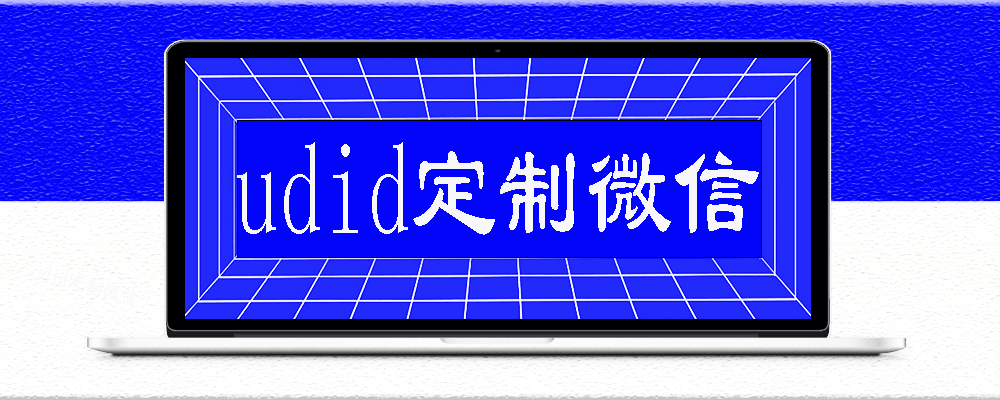Unlock Efficiency: One-Click Media Distribution Across Platforms with Free Software
Imagine crafting a stunning video, writing an engaging blog post, or designing eye-catching graphics, only to spend hours manually uploading them to Facebook, Instagram, Twitter, LinkedIn, and more. It’s a drain on your creativity and time—resources better spent on content creation itself. But what if you could automate this process with a single click, ensuring your media reaches every platform instantly? That’s the power of leveraging free software to achieve seamless one-click distribution. In today’s digital landscape, where audiences are scattered across diverse platforms, this approach isn’t just convenient; it’s essential for maximizing reach and efficiency without breaking the bank.
The challenge of media content fragmentation is real. Content creators, marketers, and small businesses often juggle multiple platforms—from social media giants like YouTube and TikTok to blogging hubs like WordPress or Medium. Each platform has its own upload requirements, formats, and scheduling quirks. Manually handling this can lead to inconsistencies, missed opportunities, and burnout. For instance, posting a video to YouTube might require different dimensions than Instagram Reels, while a blog post needs tailored snippets for Twitter threads. This fragmentation eats up valuable hours: studies show creators spend up to 30% of their time on distribution alone. But with free software, you can automate this workflow, turning a complex task into a simple, unified action. Tools like Buffer, IFTTT, and Hootsuite’s free tiers are designed to bridge these gaps, allowing you to upload once and distribute everywhere with minimal effort.
Why rely on free software for this? The answer lies in accessibility and scalability. Unlike paid alternatives that charge hefty subscriptions, free tools democratize distribution, making it accessible to startups, freelancers, and hobbyists. They eliminate upfront costs while offering core features that handle bulk uploads, scheduling, and cross-platform compatibility. For example, Buffer’s free plan lets you connect up to three social accounts, enabling one-click sharing of images, videos, and links across platforms. Similarly, IFTTT (If This Then That) uses simple applets to automate actions—like syncing a new YouTube video to Facebook or Twitter—without coding skills. These tools aren’t just cost-savers; they enhance consistency. By ensuring your content appears simultaneously on all channels, you maintain a cohesive brand voice and timing, which boosts engagement. Research indicates that consistent posting can increase audience retention by up to 50%, as users come to expect reliable updates. Plus, free software often includes basic analytics, helping you track performance and refine your strategy without extra expense.
To implement one-click distribution, start with selecting the right free tools. Focus on those that integrate with your key platforms. Buffer excels for social media, allowing you to upload media, add captions, and schedule posts in one dashboard. For broader automation, IFTTT connects over 700 apps—imagine setting a rule where uploading a photo to Google Drive triggers instant sharing to Instagram and Pinterest. Hootsuite’s free version supports scheduling for up to three profiles, ideal for repurposing blog content into tweet threads or LinkedIn updates. If your media content includes visuals, Canva’s free tier offers templates that auto-resize designs for different platforms, saving you from manual edits. Setting this up is straightforward: create accounts on your chosen tools, link your social media profiles, and configure triggers. For instance, in IFTTT, build an applet like “When a new item is added to my RSS feed (e.g., from a blog), post it to all connected social accounts.” This setup ensures that publishing a blog post automatically disseminates it as snippets or links across your network. The key is to test integrations gradually—start with one platform like Facebook, then expand to avoid overwhelm.
The benefits extend beyond time savings. With one-click distribution, you amplify your content’s reach exponentially. Instead of siloing efforts, you create a ripple effect where a single upload engages audiences on multiple fronts. This is crucial for virality; a video shared instantly on TikTok, YouTube, and Instagram can gain traction faster than staggered posts. Moreover, free tools often include scheduling features, letting you queue content during peak engagement times—say, mornings for LinkedIn and evenings for Instagram—without constant monitoring. Consistency like this builds trust and grows followers organically. However, be mindful of free tier limitations, such as account caps or reduced analytics. Overcome this by combining tools; use Buffer for social posts and IFTTT for blog syncs. Always prioritize platforms where your audience is most active to avoid dilution. Security is another consideration: choose reputable tools with strong privacy policies to protect your data.
In essence, adopting free software for media content distribution transforms a fragmented process into a streamlined powerhouse. It empowers you to focus on creativity while your content works harder across platforms. As digital landscapes evolve, this approach isn’t just efficient—it’s indispensable for staying competitive and connected.














